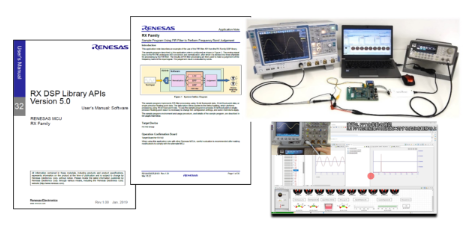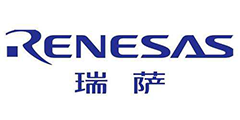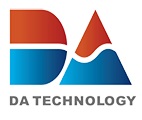- Ameya360 Component Supply Platform >
- Trade news >
- Renesas:Experience Digital Signal Processing with RX MCU on the Cloud
Renesas:Experience Digital Signal Processing with RX MCU on the Cloud
At Renesas, our relentless focus is on simplifying the application of Digital Signal Processing (DSP) to RX microcontrollers. DSP applications span diverse sectors, from consumer electronics to industry, and from healthcare to medical, and they continue to expand with the rise of IoT/cloud trend. Observing these trends, Renesas offers solutions, including sample programs, to facilitate DSP with our cost-efficient RX microcontrollers.

However, as a matter of fact, evaluating DSP may pose challenges for users. Even in the presence of sample programs, the necessity of setting up dedicated measurement instruments can be quite daunting. This might deter many users, despite their genuine interest in DSP.
Therefore, to allow users to easily experience the DSP features of the RX microcontroller, we have added a new DSP solution to Lab on the Cloud. With just an internet-connected PC, you can access the evaluation board online from anywhere in the world and monitor the behavior of the DSP function within the RX microcontroller in real-time.

Key Features Include:
Input analog signals directly from a signal generator to the RX231 microcontroller evaluation board.
Change the frequency and amplitude of the input signal and the characteristics of the IIR filter.
Display the behavior of the IIR filter and FFT graphically and metrically
Display DSP processing load, etc.

Our 'Lab on the Cloud' ensures you can immerse yourself in the DSP functionalities of RX microcontrollers without the initial setup hassles. Consider taking a moment to explore the Renesas Lab on the Cloud for the RX family DSP solution. It's the perfect platform to envision the possibilities of DSP integration with RX microcontrollers. We're eager for you to embark on your journey of building DSP systems with our RX microcontrollers.
Online messageinquiry

Renesas Adds Two New MCU Groups to Blazing Fast RA8 Series with 1GHz Performance and Embedded MRAM
- Week of hot material
- Material in short supply seckilling
| model | brand | Quote |
|---|---|---|
| MC33074DR2G | onsemi | |
| BD71847AMWV-E2 | ROHM Semiconductor | |
| RB751G-40T2R | ROHM Semiconductor | |
| CDZVT2R20B | ROHM Semiconductor | |
| TL431ACLPR | Texas Instruments |
| model | brand | To snap up |
|---|---|---|
| STM32F429IGT6 | STMicroelectronics | |
| BU33JA2MNVX-CTL | ROHM Semiconductor | |
| ESR03EZPJ151 | ROHM Semiconductor | |
| IPZ40N04S5L4R8ATMA1 | Infineon Technologies | |
| BP3621 | ROHM Semiconductor | |
| TPS63050YFFR | Texas Instruments |
- Week of ranking
- Month ranking
Qr code of ameya360 official account
Identify TWO-DIMENSIONAL code, you can pay attention to


Please enter the verification code in the image below:

























